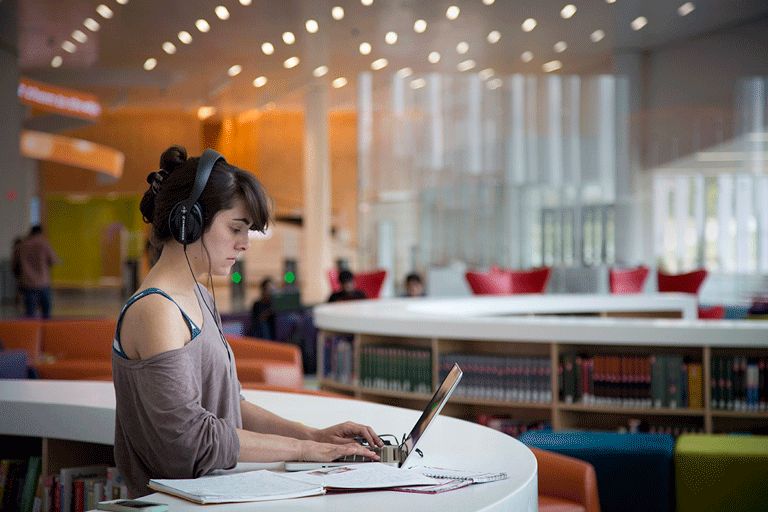For the new Hunt Library at North Carolina State University (NCSU) in the US, AECOM worked with NCSU, Snøhetta Architects and Brightspot Strategy to create a Web-based collection of tools and resources for planning, evaluation and operating technology-rich informal learning spaces.
Funded by the US Institute of Museum and Library Services, this publicly accessible toolkit enables campus staff, space planners/designers, facility managers and campus experts such as library and IT professionals to assess their needs for space, technology and services and then plan how best to meet those needs. The toolkit is organised in six different sections, with each containing downloadable tools and materials to help institutions test activities themselves.
Hunt Library was one of the first libraries to be developed using the toolkit and is a state-of-the-art research library that allows students and faculty to use collaborative spaces and innovative applications of technology to inspire the next generation of engineers, designers, scientists, researchers and humanists.

Inspiring, innovative, involving
Key findings on learning environments from the personalised learning research project carried out by AECOM.
- Teaching environments need to be more inspirational and encourage curiosity. Space is an active force with the ability to bring people together in ways that ‘encourage exploration, collaboration and discussion’ or ‘silence and disconnectedness’.
- Innovation should be considered at the level of the school or institution rather than subject by subject. This means linking subjects for project-based learning or teaching through a particular theme for a period of time.
- More multipurpose, adaptable spaces suitable for interdisciplinary teaching should be provided. Innovative environments do not
need to cost more, in particular the active use of circulation
areas can support the creation of innovative environments with learning happening in a variety of places, with choice in the hands of the student. - Innovation in learning environments does not mean that traditional/specialised spaces such as laboratories will no longer be provided, however, the way these spaces are used may be different. For example, students may use a well-equipped laboratory for 20 minutes to carry out an experiment before moving to another space for writing-up and discussing while another group takes a turn in the lab.
The implementation of new teaching and learning strategies, and innovative learning spaces may require staff to work in very different ways. It is essential that a change management approach is taken and staff members are involved in this process.